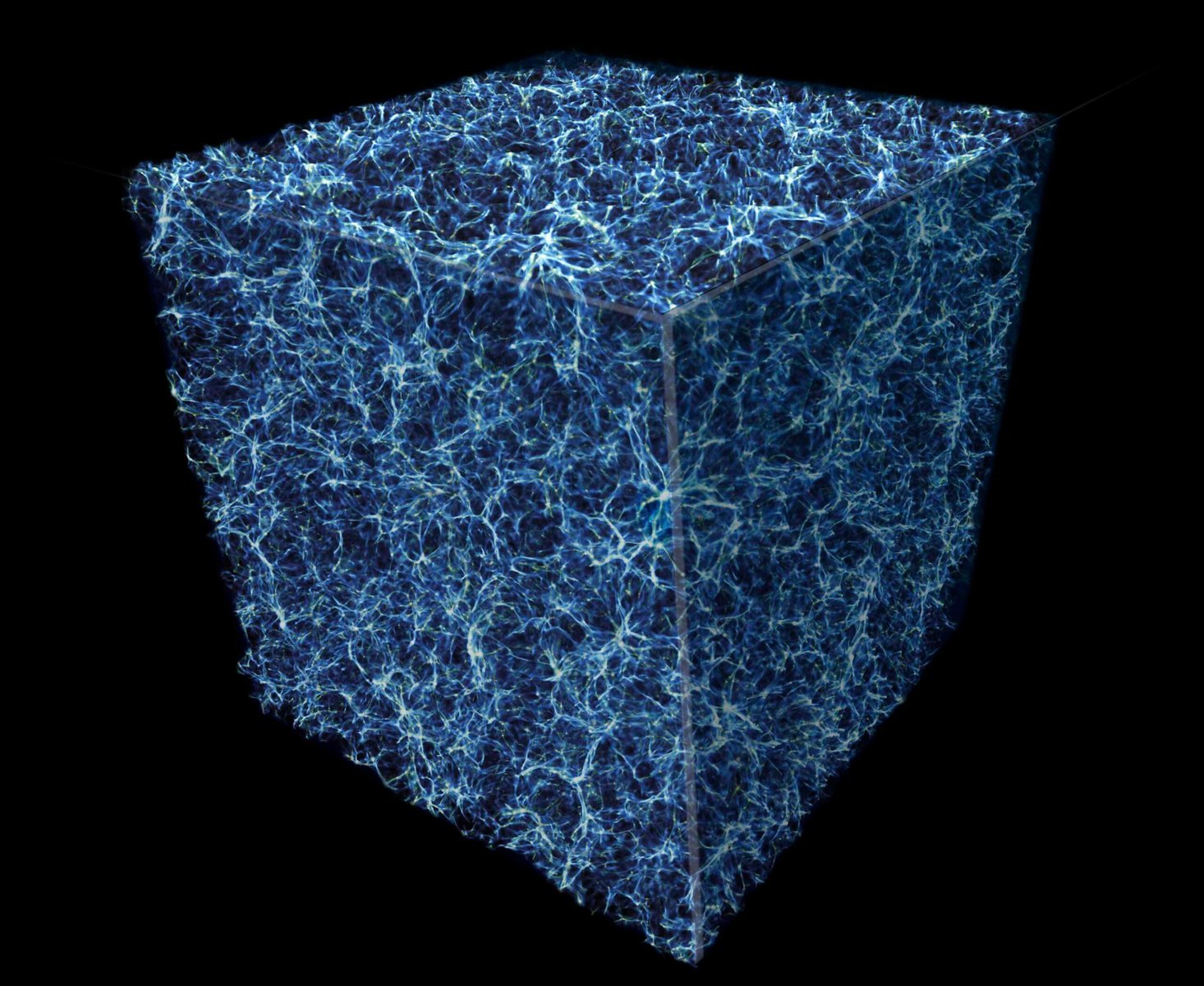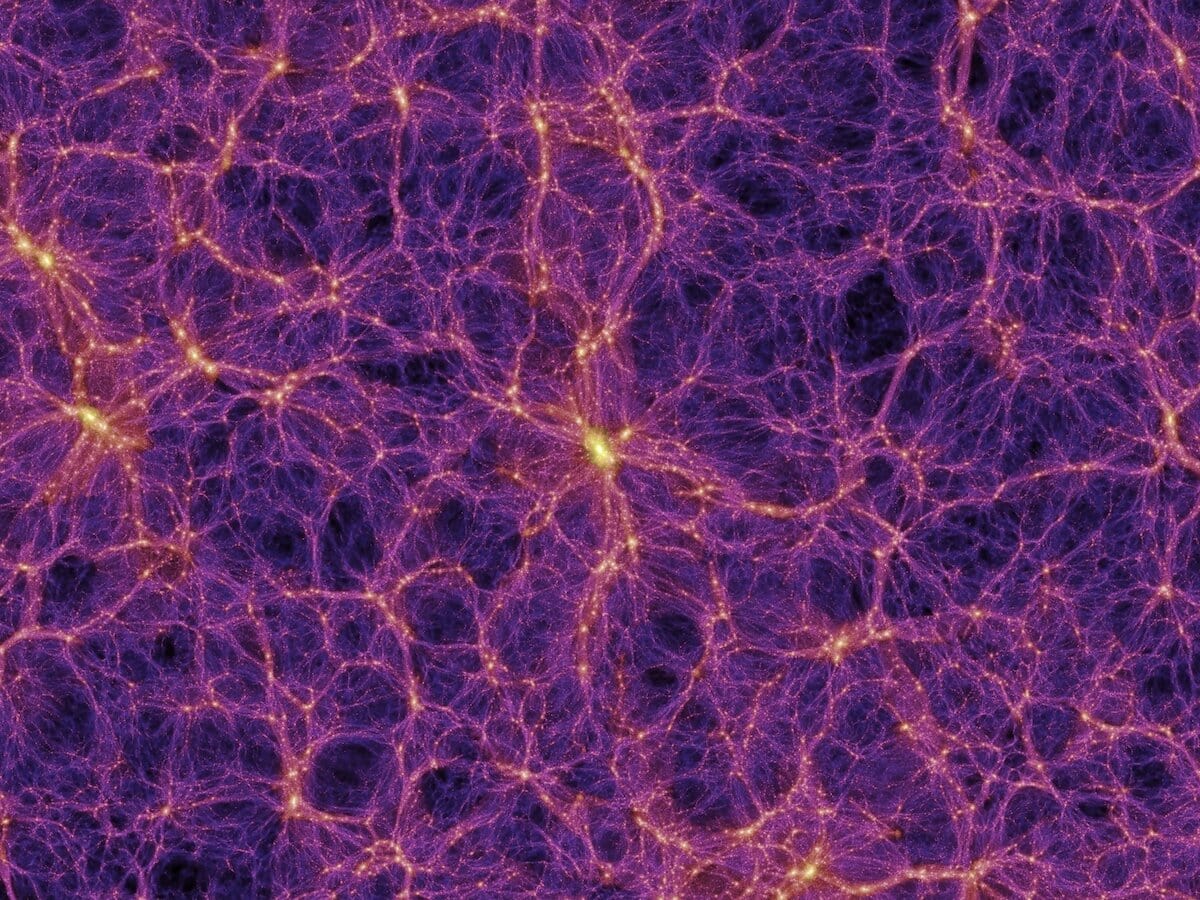The Milky Way is far more than just a delicious candy bar; it’s also a beautiful barred spiral arm galaxy whose Orion Arm spur we call home. A genuinely massive galaxy, our entire solar system lies within one small arm of the galaxy, which lays thousands of light-years from the galactic center. While the exact size and star count are unknown, our universe is vast and has at least 200 billion stars. The center of our galaxy is visible in the night sky, thanks to our position on an outlying arm, so that you can enjoy a beautiful view of our galaxy anytime you have low enough light pollution. Please keep reading to learn 20 fascinating facts about our galactic home!
1. Our Galaxy Is In the Boonies

When viewed from afar, space looks almost like a web with filaments of dense regions contrasted by large mostly empty voids of low-density areas. It is quite likely that our galaxy inhabits one of those mostly empty voids. Researchers in 2013 identified a Keenan, Burger, and Cowie (KBC) Void that contains our galaxy. A separate study that examined these dense web motions confirmed that our galaxy moves within a relatively empty area, meaning that our bright, shining galaxy is actually in a kind of outer space backwater.

While it’s hard to imagine that a galaxy with over 200 billion stars doesn’t make an area densely populated, that’s space for you. The densely packed regions of space must truly be incredible to see. If our night sky is out in the boonies not even making a blimp on the radar, what is floating around those dense areas? However, this fact is just one example of the vastness lying out there. If you want to learn more facts about the Milky Way then keep reading!
